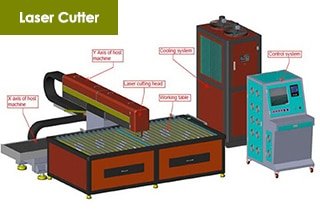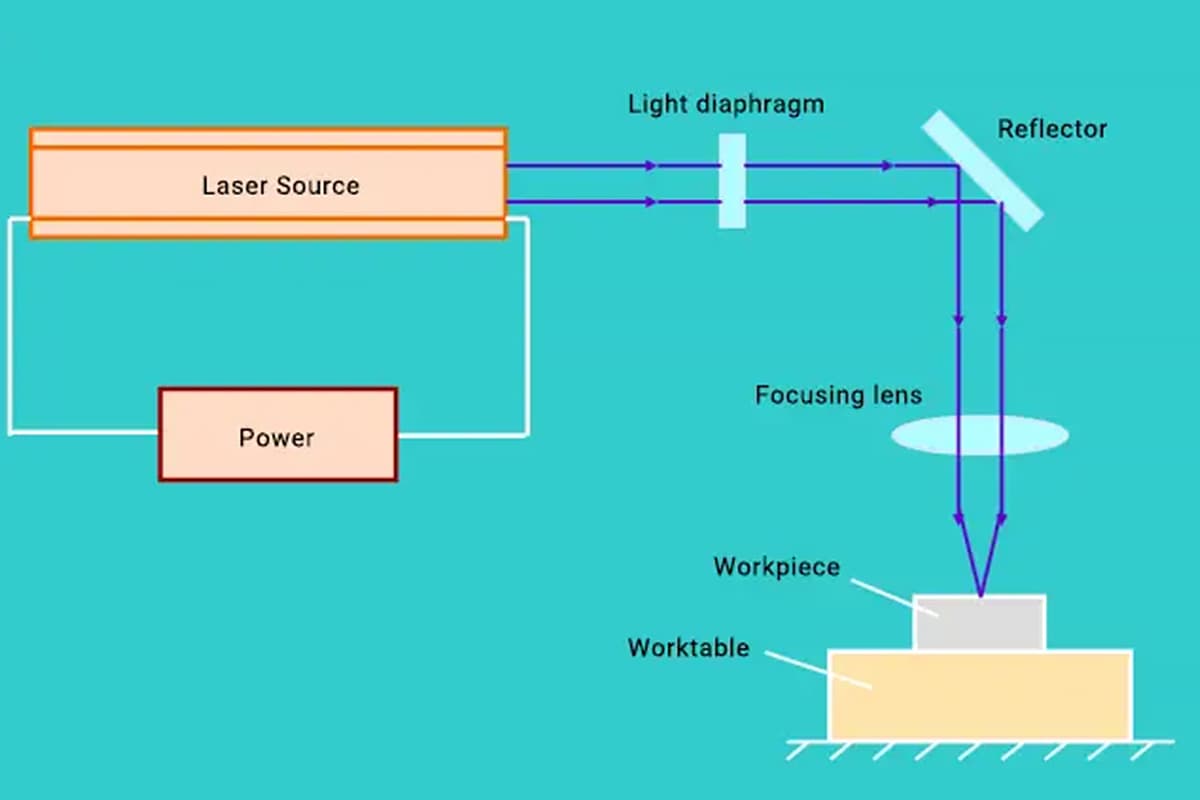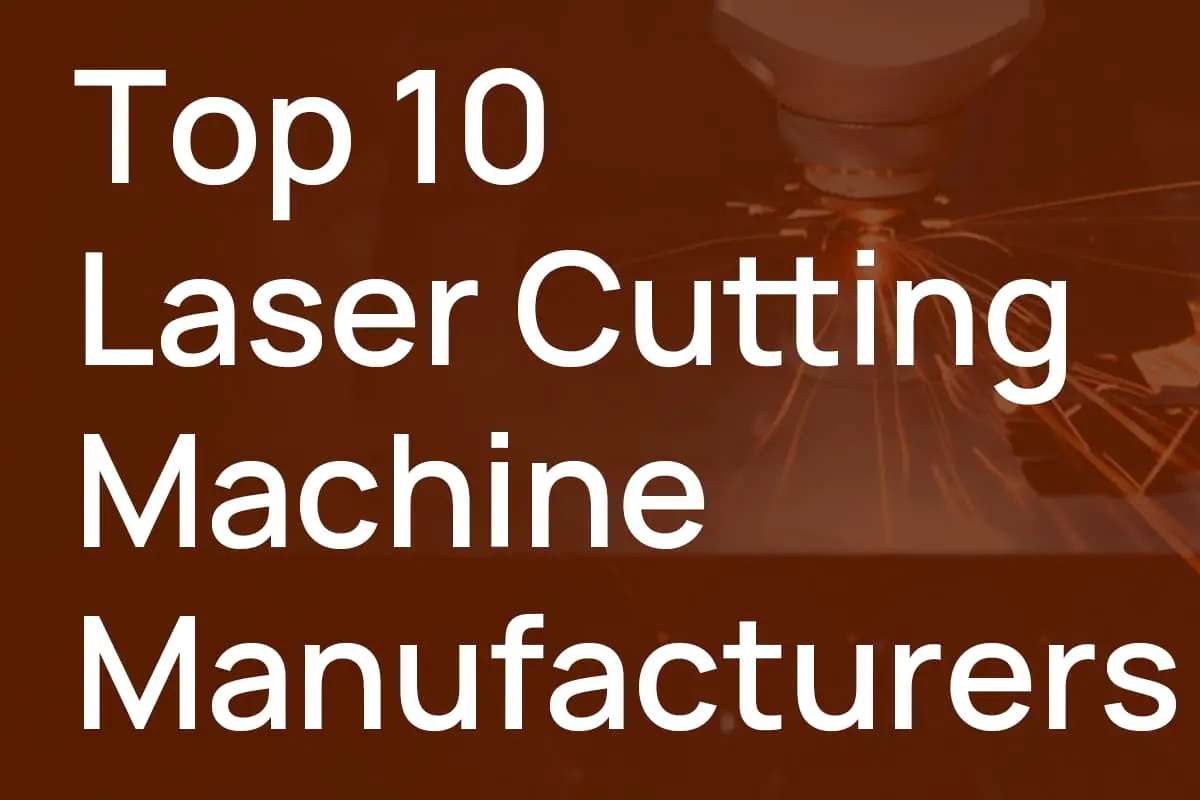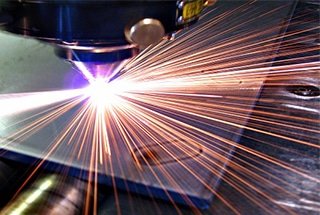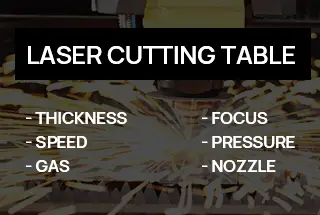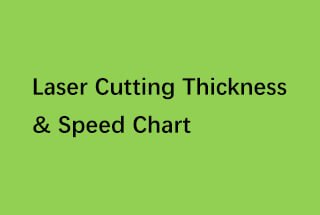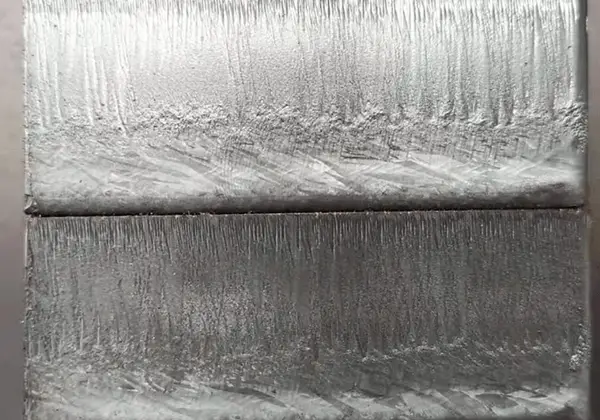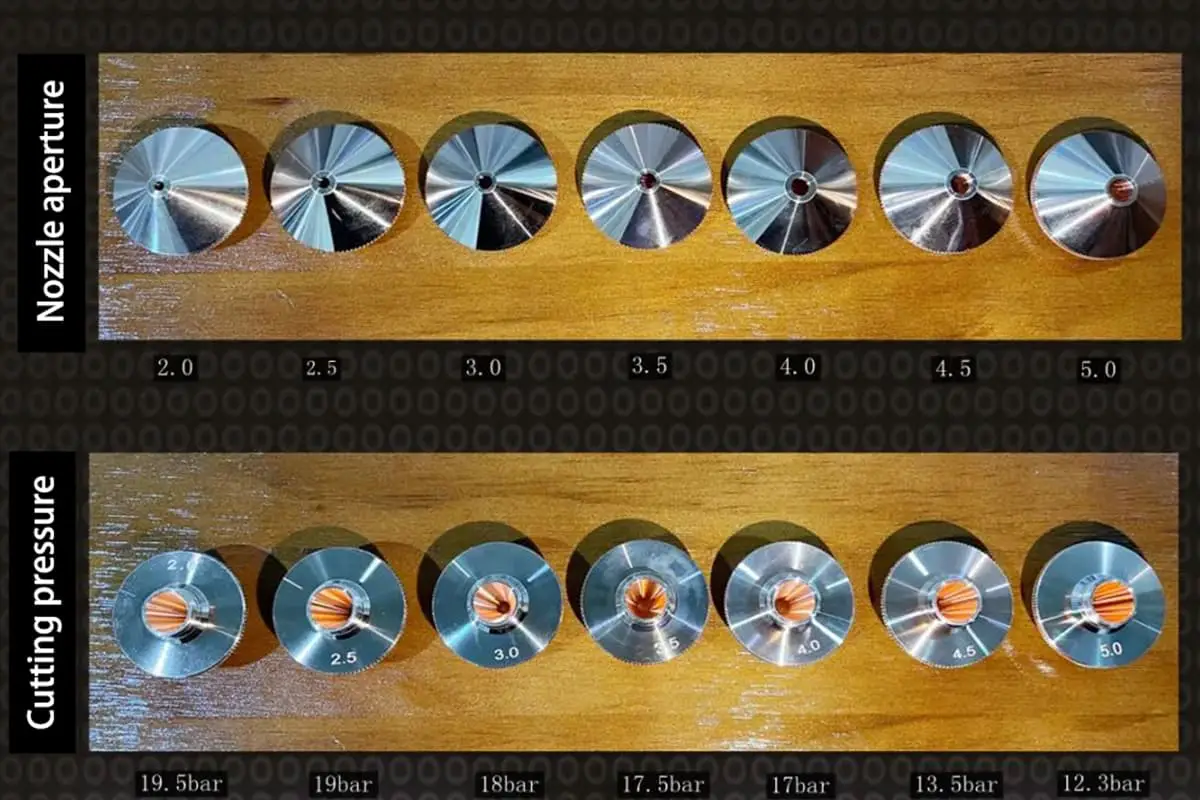
How has the sheet metal industry transformed with laser cutting technology? This revolutionary process is replacing traditional methods, offering unparalleled precision, efficiency, and versatility. In this article, we’ll explore how laser cutting is reducing production costs and enhancing quality, changing the landscape of manufacturing. Readers will discover the key benefits of laser cutting and its impact on modern sheet metal fabrication.
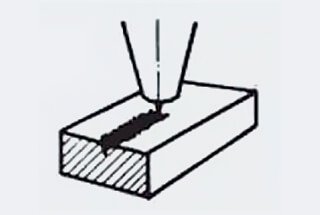
Sheet metal processing in traditional workshops often involves processes such as shearing, punching, and bending.
The punching process is known for its low or non-cutting process and requires a significant number of dies. This results in high production costs, as hundreds of sets of molds may be required for a single product.
The use of so many dies increases the cost of the product, resulting in excessive spending.
To address this issue and modernize sheet metal processing, laser processing technology was introduced. This has reduced production costs and improved processing technology.
The implementation of laser cutting machines has greatly advanced sheet metal processing technology and revolutionized the way sheet metal is fabricated and processed.
Laser cutting technology and equipment are becoming increasingly popular and widely accepted among sheet metal processing enterprises. This is due to its numerous advantages, such as high processing efficiency, accuracy, and good cutting quality, as well as its ability to perform three-dimensional cutting. As a result, laser cutting technology is gradually replacing traditional sheet metal cutting equipment, such as CNC equipment, shears, punches, flame cutting, plasma cutting, and high-pressure water cutting.
Laser cutting technology plays a crucial role in the development of sheet metal processing, as it enhances labor productivity and advances the field. With its high degree of flexibility, a laser cutting machine can significantly shorten the processing cycle, increase cutting speed, and improve processing accuracy, contributing to faster product development. These benefits are attracting attention from many manufacturing companies.
A laser cutter operates by emitting a laser beam that is focused by an optical path system into a high-power density beam. The laser beam is directed onto the surface of the workpiece, causing it to reach its melting or boiling point. At the same time, a high-pressure gas stream blows away the molten or vaporized metal. As the laser beam moves across the workpiece, it cuts the material to form a slit.
The laser cutting process is a modern and advanced method for cutting metal, which utilizes an invisible laser beam instead of a traditional mechanical knife. This process is characterized by its high precision, fast cutting speed, and ability to automatically nest cuts to conserve material. The laser cutting process also results in a smooth kerf and lower processing costs, making it a more efficient alternative to traditional metal cutting methods.
One of the key benefits of the laser cutting process is that the mechanical part of the laser cutter never comes into contact with the workpiece, eliminating the risk of scratches or other surface damage. The laser cutting process is also fast and produces a smooth, even kerf, which often eliminates the need for further processing. The heat-affected zone is small, leading to minimal plate deformation and narrow cuts (0.1 to 0.3mm), and the incision is free of mechanical stress and shearing burrs.
Laser cutting is also highly repeatable, with no damage to the surface of the material. It can be easily programmed with CNC software to process any design, making it an economical choice for cutting large-format sheets without the need for molds. Carbon steel plates up to 12mm thick and stainless steel plates up to 10mm thick are typically recommended for laser cutting.
In addition to its high precision, the laser cutting process is also highly adaptable, as it exerts no cutting force and generates no tool wear. This makes it suitable for cutting a wide range of materials, including simple or complex parts. With automatic nesting capabilities, laser cutting also offers economic benefits by optimizing material utilization.
The current market for laser cutting machines is broadly divided into three types based on the type of laser generator used: CO2 laser cutting machine, YAG (solid-state) laser cutting machine, and fiber laser cutting machine.
CO2 laser cutting machines are capable of cutting carbon steel up to 20mm thick, stainless steel up to 10mm thick, and aluminum alloy up to 8mm thick. The wavelength of the CO2 laser is 10.6μm, which is easily absorbed by non-metal materials such as wood, acrylic, PP, and plexiglass, allowing for high-quality cutting of these materials. However, the photoelectric conversion rate of CO2 lasers is relatively low, at around 10%.
To increase cutting speed and ensure smooth cuts, CO2 laser cutting machines are equipped with a nozzle that blows oxygen, compressed air, or inert gas N2 at the beam exit. To improve the stability and lifespan of the power supply, the CO2 gas laser must address the discharge stability of high-power lasers.
In accordance with international safety standards, laser hazard levels are divided into 4 levels, with CO2 lasers falling into the least hazardous category.
Related reading: Laser Product Safety Levels
The main advantage of CO2 laser cutting machines is their high power, with a general power range of 2000 to 4000W. This allows them to quickly cut full-size stainless steel and carbon steel up to 25mm thick, aluminum up to 4mm thick, acrylic boards up to 60mm thick, wood material boards, PVC boards, and cutting sheets, among others.
Another advantage of CO2 lasers is that they output a continuous laser beam, which results in the smoothest cutting cross-section among the three types of laser cutting machines.
Main Market Focus: Cutting of medium and heavy plates with a thickness ranging from 6-25mm, primarily serving large and medium-sized enterprises and some purely foreign laser cutting companies.
However, due to factors such as high maintenance costs for lasers and high energy consumption of the main engine, the market has been shrinking significantly in recent years due to the massive impact of fiber laser cutting machines.
The YAG solid-state laser cutting machine is known for its low cost and stability, but its energy efficiency is typically less than 3%. The majority of its products have an output power of below 800W, which limits its use mainly to punching, spot welding, and cutting thin plates.
Its green laser beam can be used in both pulsed and continuous wave modes, with a short wavelength and good condensation properties. This makes it suitable for precise machining, especially in the case of pulsed hole processing, but also for cutting, welding, and lithography.
However, the YAG solid-state laser has a wavelength that is not easily absorbed by non-metallic materials, making it unsuitable for cutting non-metallic materials. Improving its power stability and longevity is crucial for its development.
To achieve this, the use of a large-capacity, long-life optical pump excitation light source is necessary. The use of semiconductor optical pumps can significantly increase its energy efficiency.
The Main Advantages: This machine has the ability to cut aluminum, copper, and most non-ferrous metal materials, which other laser cutting machines are unable to cut.
In terms of cost and maintenance, the machine is relatively inexpensive to purchase and requires simple maintenance. Many of the key technologies have been successfully developed by domestic enterprises.
Additionally, the cost of accessories and maintenance is low, making operation and maintenance of the machine straightforward, even for those with limited technical expertise.
Main Market Focus: Cutting materials with a thickness of 8mm or less.
This machine is primarily used by small enterprises for self-use, as well as medium-sized enterprises and the majority of users in industries such as sheet metal manufacturing, home appliance manufacturing, kitchenware manufacturing, decoration, advertising, and others with low processing demands.
In the future, it may gradually replace traditional processing equipment like wire cutting, CNC punching, water cutting, and low-power plasma.
The optical fiber laser cutting machine offers a highly flexible transmission of the laser through optical fibers, resulting in fewer points of failure, easy maintenance, and fast speed, making it highly advantageous for cutting thin plates within 4mm. However, its quality when cutting thick plates is inferior due to the influence of solid laser wavelengths.
The wavelength of the optical fiber laser cutting machine is 1.06μm, which is not easily absorbed by non-metallic materials, making it unsuitable for cutting non-metallic materials. Its photoelectric conversion rate is as high as 25%.
In terms of electricity consumption and cooling system parameters, the optical fiber laser has clear advantages. However, due to its short wavelength, it poses the greatest danger to the eyes according to international safety standards, and as a result, optical fiber laser processing must be carried out in a fully enclosed environment for safety reasons.
Despite being an emerging laser technology, the optical fiber laser cutting machine is not as widely used as the CO2 laser cutting machine.
The Main Advantages: The fiber laser cutting machine has a high photoelectric conversion rate, low power consumption, and the ability to cut stainless steel plates within 12mm, as well as carbon steel plates. It is the laser cutting machine with the fastest cutting speed among the three machines.
Additionally, it is suitable for fine cutting due to its fine slit and good spot quality.
Main Market Focus: Cutting materials with a thickness of 12mm or less, particularly the high precision processing of thin plates.
This machine is designed for manufacturers with extremely high processing accuracy and efficiency requirements.
It is predicted that with the advent of lasers with output powers of 5000W or more, fiber laser cutting machines will eventually replace most of the market for CO2 high-power laser cutting machines.
Figure 1 shows the three methods of laser cutting.

Fig. 1: Laser cutting method
(1) In laser melting cutting, a high-purity inert cutting gas is used in conjunction with a laser beam to partially melt the workpiece. The molten material is then expelled by an air stream. This process is referred to as laser melting cutting because the transfer of the material occurs only in its liquid state.
(2) The cutting gas promotes the melted material away from the slit, but it does not actively participate in the cutting process.
(3) Compared to vaporizing cutting, laser melting cutting allows for higher cutting speeds because the energy required to melt the material is usually less than the energy required to vaporize it. The laser beam is only partially absorbed during the process.
(4) The maximum cutting speed is influenced by various factors, including laser power, plate thickness, material melting temperature, air pressure at the cutting kerf, and the thermal conductivity of the material. At a given laser power, these factors determine the limiting conditions.
(5) Laser melting cutting produces oxidation-free cuts for ferrous materials and titanium, and a laser power density of 104 W/cm2 to 105 W/cm2 for steel materials. This power density melts the material without causing it to vaporize.
Laser flame cutting is different from laser fusion cutting in that it uses oxygen as the cutting gas, leading to a chemical reaction between the oxygen and the heated metal, which further heats the material. This method results in a higher cutting rate for the same thickness of structural steel compared to fusion cutting.
However, the quality of the kerf is not as good as that produced by melt cutting, as wider kerfs, significant roughness, a larger heat affected zone, and poor edge quality are produced.
(1) When working with precision models and sharp corners, laser flame cutting may not be the best option, as there is a risk of burning off sharp corners. To minimize the heat-affected zone, pulsed mode lasers can be used.
(2) The cutting speed is determined by the laser power used. The limiting factors at a given laser power are the availability of oxygen and the thermal conductivity of the material.
Laser vaporization cutting involves the vaporization of the material at the cutting edge, which requires a high laser power. To prevent the material vapor from condensing on the slit wall, the material thickness must not exceed the diameter of the laser beam significantly. This process is only suitable for the limited use of iron-based alloys and cannot be used on materials such as wood and ceramics, which typically result in thicker kerfs.
(1) The optimal beam focus in laser vaporization cutting depends on factors such as material thickness and beam quality.
(2) The optimal focus position is affected by laser power and heat of vaporization.
(3) For certain plate thickness, the maximum cutting speed is inversely proportional to the material vaporization temperature.
(4) The required laser power density can be greater than 108 W/cm2, depending on the material, cutting depth, and beam focus position.
(5) For a certain plate thickness, the maximum cutting speed is limited by the speed of the gas jet, assuming sufficient laser power.
The process refers to the interaction between a laser beam, a process gas, and the workpiece being treated.
Figure 2 shows the processing parameters.

Fig.2 Processing parameters
Before cutting, the laser heats the workpiece to the temperature required for melting and vaporizing the material. The cutting plane consists of a nearly vertical plane that absorbs laser radiation to heat and melt the material.
In laser flame cutting, a stream of oxygen is introduced into the slit, further heating the melting zone to a temperature close to boiling. The resulting vaporization removes the material, while the liquefied material is expelled from the lower part of the workpiece with the help of the heated gas.
In laser melting cutting, the liquefied material is expelled with the gas, which protects the slit from oxidation. The continuous melting zone moves gradually in the direction of the cut, creating a continuous slit.
Many key aspects of the laser cutting process occur in this zone, and analyzing these activities provides important information about laser cutting. This information allows for the calculation of cutting speed and helps explain the formation of draw line characteristics.
The results of cutting on the workpiece can vary, ranging from a clean cut to rough edges or overburning. The quality of the cut is influenced by several factors, including:
(1) Alloy composition: The composition of the alloy affects its strength, specific gravity, weldability, oxidation resistance, and acidity to some extent. Some of the important elements in ferrous alloy materials are carbon, chromium, nickel, magnesium, and zinc. The higher the carbon content, the more difficult it is to cut the material (the critical value is considered to be a carbon content of 0.8%). Carbon steels such as St 37-2, StW 22, and DIN 1.203 can be well-cut with lasers.
(2) Microstructure of the material: In general, the finer the particles that make up the material, the better the quality of the cut.
(3) Surface quality and roughness: If the surface has areas of rust or oxidation, the cut profile will be irregular and have many breakage points. To cut corrugated board, select the maximum thickness cutting parameter.
(4) Surface treatment: The most common surface treatments are galvanizing, painting, anodizing, or covering with a plastic film. Sheets treated with zinc tend to have sluggish edges. The quality of the cut depends on the composition of the painted product. Plates coated with plastic film are very suitable for laser cutting. The layered edge must always be on the upper part of the cutting workpiece for trouble-free capacitive detection and optimal adhesion of the coated layer.
(5) Beam reflection: The way the light beam is reflected on the surface of the workpiece depends on the base material, surface roughness, and treatment mode. Some aluminum alloys, copper, brass, and stainless steel have high reflectivity characteristics. Special care should be taken to adjust the focus position when cutting these materials.
(6) Thermal conductivity: Materials with low thermal conductivity require less power than materials with high thermal conductivity when welding. For example, chrome-nickel alloy steel requires less power than structural steel, and less heat is absorbed during processing. Materials such as copper, aluminum, and brass conduct heat away from the target point of the beam, making it more difficult to melt the material in the heat-affected zone.
(7) Heat-affected zone: Laser flame cutting and laser melting cutting cause material variation in the edge area of the cut material. The range of the heat-affected zone is related to the thickness of the basic material.
Table 1 lists some reference values.
Table 1 Relationship between material thickness and the heat-affected zone
| Material Thickness/mm | Heat-affected Zone/mm | ||
|---|---|---|---|
| St 37 | Carbon Steel | Aluminum | |
| 1 | 0.05 | 0.05 | 0.10 |
| 2 | 0.10 | 0.10 | 0.20 |
| 3 | 0.15 | 0.15 | 0.30 |
| 4 | 0.20 | 0.35 | 0.40 |
| 5 | 0.25 | 0.34 | 0.50 |
| 6 | 0.30 | 0.55 | 0.60 |
| 8 | 0.40 | 0.75 | 0.70 |
| 10 | 0.50 | 0.85 | —— |
| 12 | 0.60 | —— | —— |
The table shows that:
(1) When processing low-carbon steel or oxygen-free steel, the quenching effect in the heat-affected zone is reduced.
(2) High-carbon steel, such as Ck60, will harden the edge area.
(3) The heat-affected zone of a hard-rolled aluminum alloy will be slightly softer than the rest of the material.
(1) Structural steel
Oxygen cutting can be utilized, however, the cutting edge may be slightly oxidized.
For plates with a thickness of 4mm, nitrogen gas is appropriate for high-pressure cutting.
When handling complex contours and small holes (with a diameter less than the material thickness), the pulse mode should be employed to prevent cutting of sharp corners.
Structural steel: cut with O2
| Defect | Possible cause | Solution |
No burr, consistent traction line  | Right power Suitable feed rate | |
The pull line at the bottom is greatly offset, and the cut at the bottom is wider  | Feed rate is too high Laser power is too low Air pressure is too low Focus is too high | Reduce the feed rate Increase laser power Increase air pressure Lower focus |
The burrs on the bottom surface are similar to slag, drip-shaped and easy to remove  | Feed rate is too high Air pressure is too low Focus is too high | Reduce the feed rate Increase air pressure Lower focus |
Metal burrs connected together can be removed as a whole piece  | Focus is too high | Lower focus |
Metal burrs on the bottom surface are difficult to remove  | Feed rate is too high Air pressure is too low Impure gas Focus is too high | Reduce the feed rate Increase air pressure Use purer gas Lower focus |
Only one side has burrs  | Incorrect nozzle alignment Defective nozzle | Centering nozzle Change nozzle |
When cutting structural steel, the following should be considered:
Si ≤ 0.04%: laser processing is preferred.
Si < 0.25%: poor cut quality may occur in some cases.
Si > 0.25%: not suitable for laser cutting.
| Defect | Possible cause | Solution |
Material is discharged from above  | Power is too low Feed rate is too high | Increase power Reduce the feed rate |
Inclined surface cuts well on both sides, but poor on both sides | The polarizing mirror is not suitable, the installation is incorrect or defective The polarizing mirror is installed at the position of the deflection mirror | Check the polarizing mirror Check the deflection mirror |
Blue plasma, the workpiece is not cut through  | Processing gas error (N2) Feed rate is too high Power is too low | Use oxygen as the processing gas Reduce the feed rate Increase power |
The cut surface is not precise | Air pressure is too high The nozzle is damaged The nozzle diameter is too large Bad material | Reduce air pressure Replace nozzle Install the right nozzle Use a smooth surface Homogeneous material |
No burrs, the inclined incision of the traction line becomes narrower at the bottom  | Feed rate is too high | Reduce the feed rate |
Crater  | Air pressure is too high Feed rate is too low Focus is too high Rust on the surface of the sheet Overheated workpiece Impure material | Reduce air pressure Increase the feed rate Lower focus Use better quality material |
The very rough cut surface  | Focus is too high Air pressure is too high Feed rate is too low Material is too hot | Lower focus Reduce air pressure Increase the feed rate Cooling material |
Several key parameters affecting the process
N1 gas parameters
(2) Stainless steel
| Defect | Possible cause | Solution |
Produces tiny regular burrs  | Focus is too low Feed rate is too high | Raise focus Reduce the feed rate |
Long irregular filament-like burrs are produced on both sides, and the surface of the large plate is discolored  | Feed rate is too low Focus is too high Air pressure is too low Material is too hot | Increase the feed rate Lower focus Increase air pressure Cooling material |
Only produce long, irregular burrs on one side of the cutting edge | The nozzle is not centered Focus is too high Air pressure is too low Speedis too low | Centering nozzle Lower focus Increase air pressure Accelerate |
| Yellow cutting edges | Nitrogen contains oxygen impurities | Use good quality nitrogen |
Plasma is generated on a straight section | Feed rate is too high Power is too low Focus is too low | Reduce the feed rate Increase power Raise focus |
| Beam divergence | Feed rate is too high Power is too low Focus is too low | Reduce the feed rate Increase power Raise focus |
| Plasma at the corner | Angle tolerance is too high Modulation too high Acceleration too high | Reduce angle tolerance Reduce modulation or acceleration |
| The beam diverges at the beginning | Acceleration too high Focus is too low The molten material failed to discharge | Decrease acceleration Raise focus Pierced hole |
| Rough cut | The nozzle is damaged The lens is dirty | Replace the nozzle to clean the lens, replace if necessary |
Material is discharged from above  | Power is too low Feed rate is too large Air pressure is too high | Increase power Reduce the feed rate Reduce air pressure |
(3) Aluminum
Aluminum and its alloys are more suitable for cutting in continuous mode.
N2 laser power
There is a choice between continuous or pulsed mode, with continuous mode being typically used for fast, routine cutting operations.
Pulsed mode is employed for high-precision cutting operations that have strict requirements for the end face, and it operates significantly slower than the continuous mode.
Note: Before cutting aluminum, a “reflective absorption” device must be installed on the system, otherwise the optical components will be damaged.
Aluminum alloy: cutting with N2 high pressure
| Defect | Possible cause | Solution |
Both sides have long irregular filamentous burrs, which are difficult to remove  | Focus is too high Air pressure is too low Feed rate is too low | Lower focus Increase air pressure Increase the feed rate |
| Long irregular burrs on both sides Can be removed manually  | Feed rate is too low | Increase the feed rate |
| Rough cut | The nozzle diameter is too large The nozzle is damaged Air pressure is too high | Install the right nozzle Replace nozzle Reduce air pressure |
Produces fine and regular burrs, which are difficult to remove  | Focus is too low Feed rate is too high | Raise focus Reduce the feed rate |
| Plasma is generated on a straight section | Feed rate is too high Focus is too low | Reduce the feed rate Raise focus |
| Beam divergence | Feed rate is too high | Reduce the feed rate |
| Plasma at the corner | Angle tolerance is too high Modulation too high Acceleration too high | Reduce angle tolerance Reduce modulation or acceleration |
| The beam diverges at the beginning | Approach speed is too high Focus is too low | Reduce approach speed Raise focus |
| Rough cut | The nozzle is damaged | Replace nozzle |
Material is discharged from above  | Power is too low Feed rate is too large | Increase power Reduce the feed rate |
(4) Titanium
Titanium plates are cut using argon and nitrogen as the process gases. Further parameters can be found in nickel-chromium steel.
(5) Copper and brass
Note: Cutting copper and brass is only possible if a “reflection absorption” device is installed on the system, otherwise the optical components will be damaged.
(6) Synthetic materials
Cutting speed
The cutting speed of a sheet depends on its thickness, with thinner sheets allowing for faster cutting.
When straight contours are being processed, the cutting speed can reach its maximum set value.
However, when processing arc contours or corners, the cutting speed will be automatically reduced to ensure high-quality processing.
Laser power is also a factor in the processing speed, with a higher laser power resulting in faster processing.
It is important to consider the potential hazards of cutting synthetic materials and the emission of harmful substances when using a laser cutter.
Synthetic materials that can be processed include thermoplastics, thermosetting materials, and artificial rubber.
However, it is not recommended to use a laser cutter to process PVC or polyethylene due to the toxic gases they release. Water cutting is a safer alternative for these two materials.
Acrylic glass can be cut with a laser, and nitrogen is used as the processing gas. The pressure must be kept below 0.5 bar to achieve a smooth cutting surface.
(7) Organics
Acrylic glass can be cut using a laser with nitrogen as the processing gas. To achieve a smooth cutting surface, the air pressure must be below 0.5 bar.
There is a fire hazard associated with cutting organic materials, whether using nitrogen or compressed air as the processing gas.
Materials such as wood, leather, cardboard, and paper can be laser cut, resulting in burnt (brown) edges. The faster the feed rate, the less carbonization will occur.
When cutting plywood, clean cuts cannot be guaranteed due to the varying composition of each layer of glue.

